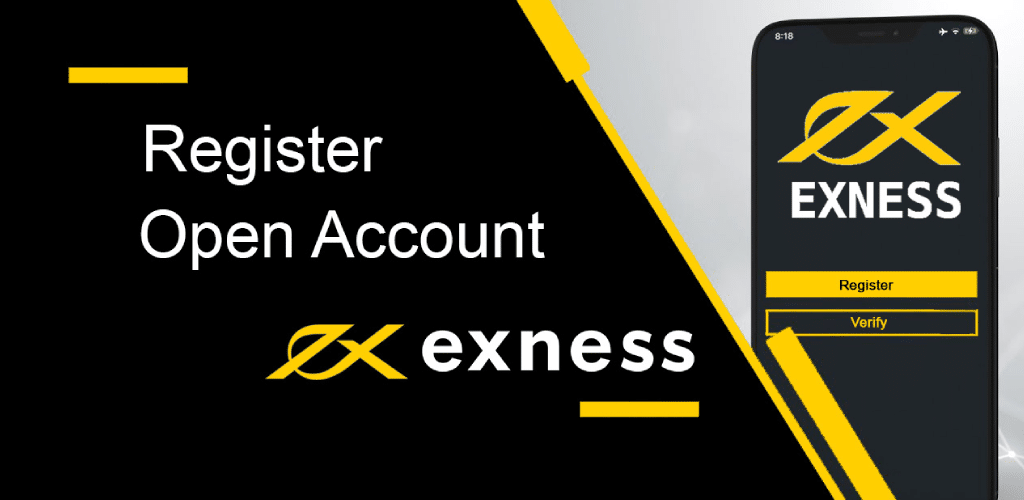
Understanding Exness Financial Statements for Informed Trading Decisions
In the world of trading and investment, having access to comprehensive financial statements is essential for making informed decisions. This is particularly true in the dynamic forex market, where platforms like exness financial statements exnessbrokers.net offer traders valuable insights. This article explores the significance of Exness financial statements, what they entail, and how traders can leverage this information to enhance their strategies.
What Are Financial Statements?
Financial statements are formal records that summarize the financial activities and position of a business, organization, or individual. They include critical documents such as the balance sheet, income statement, and cash flow statement. For traders and investors, understanding these statements is crucial, as they provide insight into a company’s performance and financial health.
The Importance of Exness Financial Statements
Exness, as one of the prominent online trading platforms, publishes financial statements that are vital for its stakeholders. These documents help investors gauge the broker’s performance, assess risk, and make strategic decisions. Here are some reasons why Exness financial statements are important:
- Transparency: Financial statements reflect the broker’s commitment to transparency, providing traders with the necessary information to understand their trading environment.
- Risk Assessment: Analyzing financial statements helps investors identify potential risks associated with trading with the broker.
- Performance Metrics: These statements provide key performance indicators (KPIs) essential for evaluating the broker’s operational efficiency and profitability.
- Informed Decision-Making: Traders can make better decisions by understanding the financial health of Exness, thus improving their trading strategies.

Key Components of Exness Financial Statements
Investors should familiarize themselves with the main components of Exness financial statements to extract useful insights. The primary documents include:
1. Balance Sheet
The balance sheet provides a snapshot of Exness’s financial position at a specific point in time. It lists the company’s assets, liabilities, and equity, allowing stakeholders to assess its overall stability and liquidity. Key elements to analyze include:
- Assets: Understanding the types of assets Exness holds, such as cash, receivables, and investments, provides insight into its operational capabilities.
- Liabilities: Analyzing liabilities helps identify any debts or obligations the broker has, impacting its financial health.
- Equity: Equity represents the owner’s claim after liabilities are deducted from assets, indicating the net worth of the company.
2. Income Statement
The income statement outlines Exness’s financial performance over a given period. It details revenue, expenses, and net income, offering insights into profitability. Key aspects to consider include:
- Revenue Streams: Analyzing how and where Exness generates revenue helps identify its most profitable segments.
- Operating Expenses: Understanding the costs associated with running the business provides context for profit margins.
- Net Income: The bottom line reveals the overall profitability of Exness, which is crucial for stakeholders.

3. Cash Flow Statement
The cash flow statement tracks the cash inflows and outflows within the business over a specific period. It helps investors understand the operational efficiency of Exness. Key components include:
- Operating Activities: This section shows cash generated from core business operations, offering insight into the company’s ability to maintain liquidity.
- Investing Activities: This reveals cash spent on investments, indicating future growth potential.
- Financing Activities: Understanding how Exness finances its operations reveals its capital structure and financial stability.
How to Leverage Exness Financial Statements for Trading
Now that we understand the importance of Exness financial statements, here’s how traders can leverage this information:
- Identify Trends: By regularly reviewing financial statements, traders can identify trends in the broker’s performance, which may impact trading conditions.
- Evaluate Risks: Understanding liabilities and operational efficiency allows traders to assess the risk associated with using Exness as a trading platform.
- Make Data-Driven Decisions: Financial statements provide quantifiable data that can guide trading strategies, from entry points to exit strategies.
- Monitor Financial Health: Regular analysis helps traders stay informed about the broker’s financial health, allowing for timely adjustments in trading approaches.
Conclusion
Exness financial statements are crucial tools for traders seeking to navigate the forex market effectively. By understanding and analyzing these documents, investors can gain valuable insights into the broker’s performance, risk profile, and overall financial health. This knowledge not only supports informed trading decisions but also enhances the likelihood of long-term success in the complex trading landscape. As the market evolves, staying updated with financial statements will remain a key element of effective trading.

